Genres Persian music Name Jalal Zolfonun Role Composer | Instruments Setar Education University of Tehran Years active 1967–2012 Siblings Mahmoud Zoufonoun | |
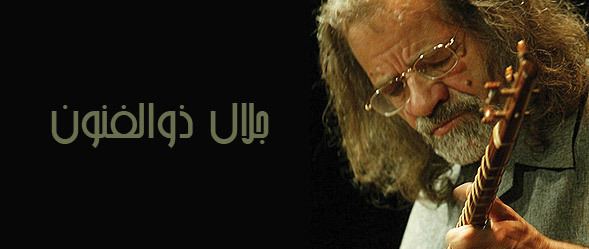 | ||
Born September 22, 1937
Abadeh, Iran ( 1937-09-22 ) Died March 18, 2012, Karaj, Iran Albums Kord Bayat, Pearl Beads, Naz-o-Navazesh Similar People Mahmoud Zoufonoun, Bijan Kamkar, Arjang Kamkar, Sedigh Ta'rif, Hamid Motebassem | ||
Occupation(s) Composer, Setar player | ||
Persian music zarbi abuata by jalal zolfonun on setar
Jalal Zolfonun (sometimes spelt or pronounced Jalal Zoufonoun, Persian: جلال ذوالفنون ; 1937 – (2012-03-18)March 18, 2012), was a master of the setar, as well a composer and teacher of Persian music.
Contents
- Persian music zarbi abuata by jalal zolfonun on setar
- Saba prelude jalal zolfonun wmv
- Biography
- Discography
- References

Saba prelude jalal zolfonun wmv
Biography
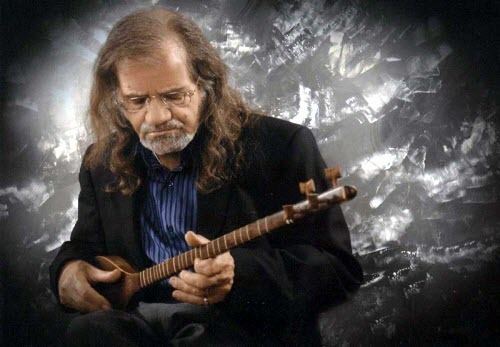
Jalal Zolfonun was born in Abadeh, Fars, Iran, and received his earliest musical training from his father, Habib Zoufonoun, and his older brother, Mahmoud Zoufonoun on the tar.
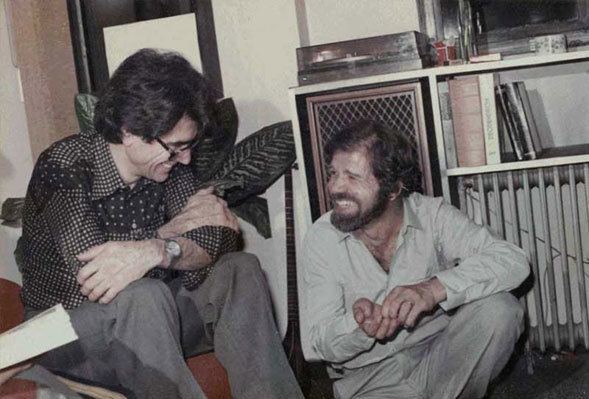
At the age of 13, Zolfonun enrolled the National School for Iranian Music to study musical theory, composition and technique under Ruhollah Khaleghi and Musa Khan Maroufi. While he immediately fell in love with setar, the instrument was not taken seriously in those times. He instead decided to study the tar, while also learning the violin from his brother Mahmoud Zoufonoun.
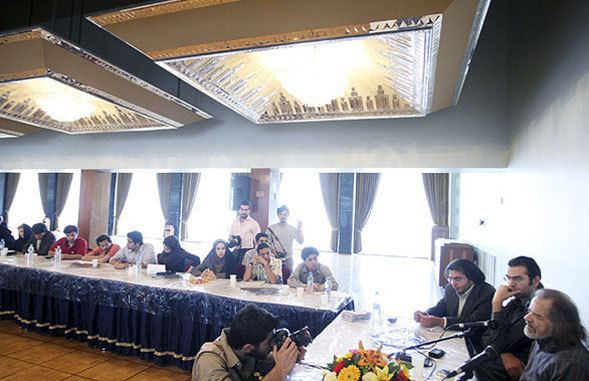
In 1967, Jalal Zolfonun was accepted into the faculty of the fine arts department of Tehran University, where he would further study the setar with Master Noor Ali Boroumand and Dariush Safvat.

From then on, he dedicated himself to the delicate instrument. He began combining the techniques of the older masters of Setar (an Iranian instrument with four metal strings) with his own ingenuity and mystic sensitivity. For the first time, with Iran's leading classical singer Shahram Nazeri, he founded an ensemble composed of only Setar players. Later on in 1980s, Zolfonoun and Nazeri's compositions were released in two best-seller albums one of which Gol-e Sadbarg (which means, One hundred-petalled Rose), is indisputably the best selling album of classical Iranian music ever.

At the same time, Jalal also composed for the Setar in mind and would prove one of the most expressive, while technically virtuosic players of the instrument. Perhaps most notable of Jalal Zolfonun's contributions to this music is that he showed for the first time the power and versatility of the setar as an ensemble and solo instrument that could fully express the nuances of Persian traditional music in any setting. In fact, since Gol-e Sadbarg's success, the Setar evolved from the least to the most popular instrument in Iran.
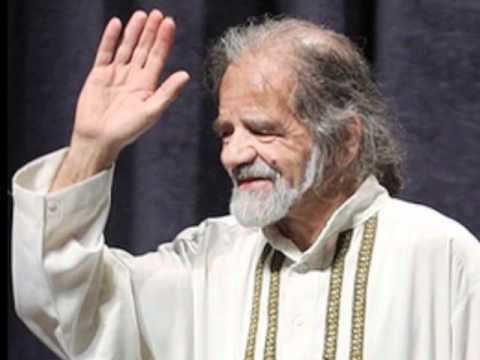
Following the success of Gol-e Sadbarg, Jalal Zolfonun continued to record a number of other albums on which he is featured as lead soloist, composer and/or ensemble player with a number of well-known singers and musicians with whom he also toured worldwide.
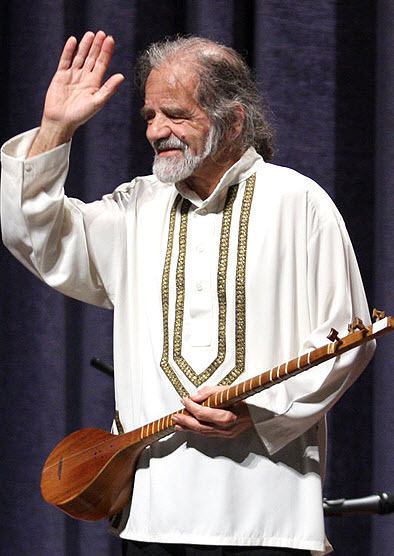
Zolfonun also wrote a seminal book on "Setar Playing / Teaching Method". He lived in Iran, but also toured outside in Europe, the US, Canada and Japan with his son, Soheil Zolfonoon, and other musicians.
The only musician who can play like him is Abdollah Alijani Ardeshir, who has been approved and has been a friend of Jalal Zolfonun.Abdollah Alijani has his own style.
Zolfonun died of heart disease on 18 March 2012 in Tehran; he had been hospitalized for two weeks prior to his death for heart failure.
